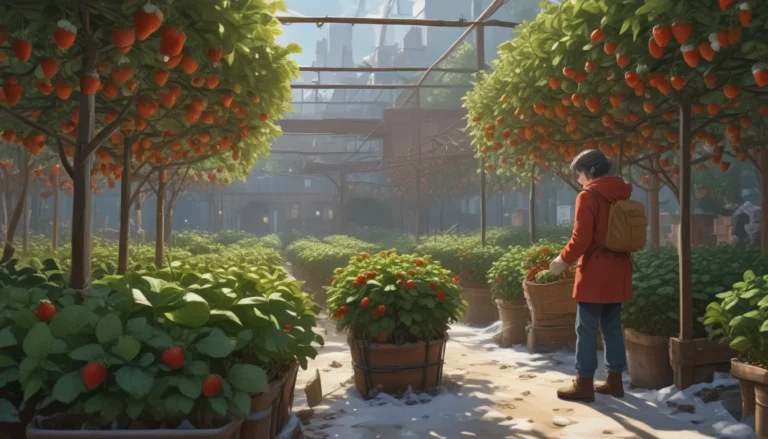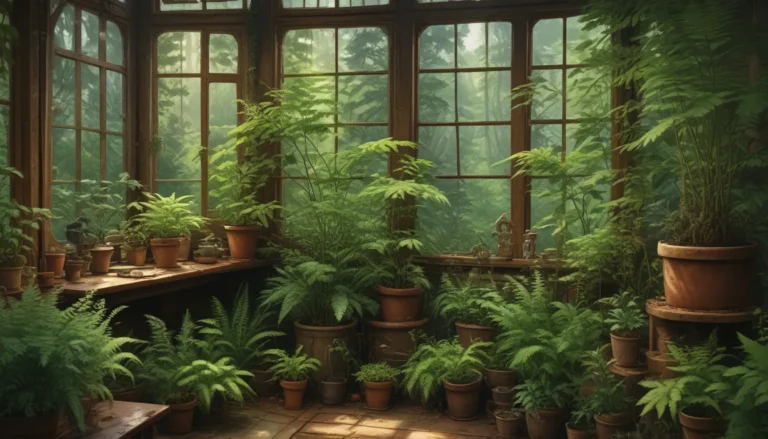The Ultimate Guide to Successfully Grow Beets in Containers

Have you ever tasted a home-pickled beet and thought, “This is so much better than the ones from a can?” If you haven’t, you’re missing out on the flavorful experience of fresh beets (Beta vulgaris).
Beets have a unique taste that pairs well with Mediterranean and Middle Eastern dishes, especially when they are home-pickled. The idea of having a root cellar filled with homegrown beets and other vegetables is incredibly cozy.
However, not everyone has the luxury of a root cellar these days. With modern HVAC systems and grow lights, you can now successfully grow beets in containers year-round. In this comprehensive guide, I’ll walk you through everything you need to know to grow juicy, ruby-colored beetroot in containers.
What You’ll Discover in This Guide
- The Best Weather for Growing Beets – Choosing the Right Container – Preparing the Soil for Optimal Growth – How to Sow Beet Seeds – Essential Growing Tips – Selecting the Best Cultivars – Dealing with Pests and Diseases – Harvesting Your Bounty
The Ideal Weather for Growing Beets
Beets thrive in cool weather with ample sunshine. They are part of the goosefoot family and are closely related to chard. You can plant beets in containers both indoors and outdoors, with outdoor container growing suitable for a wide range of USDA Hardiness Zones.
In Zones 7-10, you can grow beets outdoors through the fall, winter, and spring with the help of a greenhouse or cold frame. For Zones 2-6, you’ll need to bring them indoors during the winter months. Beets prefer temperatures ranging from 50-70°F for optimal growth.
Choosing the Right Container
When growing beets in containers, ensure that the pot is at least ten inches deep to allow the roots enough space to grow. You can use a wide or long container based on the number of beets you plan to grow. Remember to space the seeds three inches apart for proper growth.
Ensure the container has drainage holes to prevent waterlogging. Consider using pebbles at the bottom of the container to enhance drainage.
Preparing the Soil
Beets require well-draining and slightly acidic soil with a pH of 6.0-7.0. If using garden soil, conduct a soil test and amend it as necessary. You can add compost or well-rotted manure to enhance the soil quality. Consider using a light and fluffy potting mix like Miracle-Gro Nature’s Care Natural and Organic Potting Mix.
If needed, apply a balanced vegetable-specific fertilizer to provide essential nutrients for your beets. Make sure to mix the fertilizer thoroughly into the soil before planting.
How to Sow Beet Seeds
Sow beet seeds directly into containers by creating one-inch-deep holes spaced three inches apart. Soak the beet seeds in warm water for a few hours before sowing to enhance germination. Place two seeds per hole to ensure successful growth.
Water the seeded containers thoroughly and maintain consistent moisture levels. Thin out weaker seedlings to provide ample space for mature beets.
Growing Tips
- Remove weeds promptly to prevent competition for nutrients – Keep the soil moist but not waterlogged – Provide adequate sunlight or use grow lights for indoor cultivation
Cultivars to Select
Consider growing smaller beet cultivars like ‘Red Ace Hybrid’ or ‘Moulin Rouge’ in containers. These varieties are ideal for container planting and offer flavorful, smaller fruits.
Managing Pests and Diseases
Container-grown beets are less susceptible to pests and diseases. You can use neem oil to combat common pests like aphids and beet webworms. Monitor for fungal diseases like cercospora leaf spot and promptly remove infected leaves to prevent spread.
Harvest Time
Harvest beet greens for salads and stir-fries as desired. Beets are typically ready for harvest six to eight weeks after germination. Uproot the mature bulbs for various culinary uses, such as pickling and roasting.
A Bountiful Harvest of Beets
Beets are not only delicious but also highly nutritious, offering essential vitamins and minerals. Engage in container gardening to grow your own beets and involve children in the process for a fun and educational experience.
Have you tried growing beets in containers? Share your insights, questions, and tips in the comments below. For more root vegetable growing guides, check out resources on carrots, potatoes, and rutabagas.
Photos by Laura Melchor





